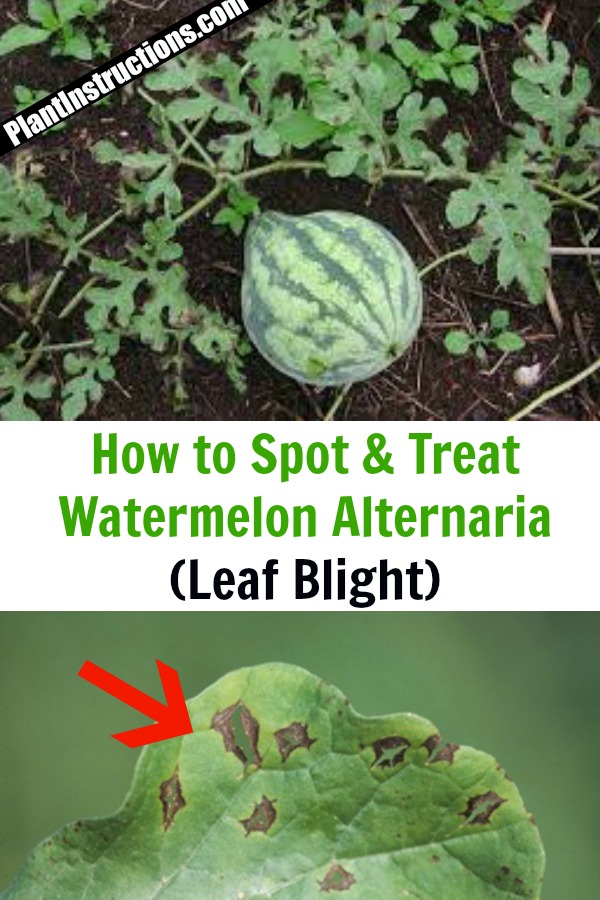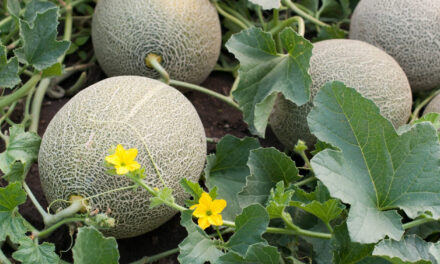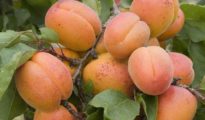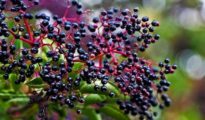Leaf blight on watermelon leaves can be a huge pain in the butt, but this fungal disease can be treated and prevented! Alternaria leaf blight is a common fungal disease which usually affects plants in the cucurbit species such as gourds, melons, squash, and watermelons. In this post, we'll show you how to treat left blight on watermelon leaves so that your watermelons can grow big and healthy WITHOUT the fungus!
How to Treat Leaf Blight on Watermelon Crops – a DIY Solution
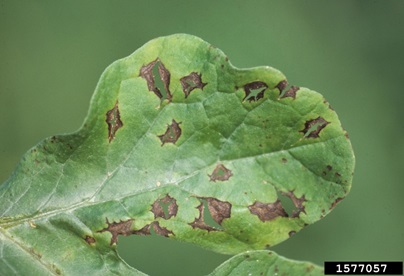
The watermelon fruit can unfortunately be susceptible to lots of different fungal diseases. Other diseases you should watch out for are gummy stem blight, downy mildew, and fusarium wilt.
Gummy stem blight is a rotting diseases which can affect all parts of the watermelon fruit including the leaves, stems, and fruit itself.
Downy mildew will usually only affect the leaves of the watermelon, but, if not treated in a timely manner, can spread to the rest of the fruit.
Fusarium wilt is an aggressive fungal disease that can easily spread from spores in the soil. To avoid this, make sure you're using a good quality soil.
Recognizing Leaf Blight:
Alternaria leaf blight is caused by a fungal agent whose spores are carried around by wind and water. This usually tends to happen when the weather is favorable for these spores, usually late spring to midsummer, when weather turns from cool to warm and humid.
Leaf blight can also overwinter in garden debris, and, as temperatures start to rise in spring and summer, these spores are carried from plant to plant by way or rain and/or wind.
You can spot leaf blight on your watermelon crops pretty easily! Small grey to brown spots will appear on older leaves of watermelon plants. Often times, these spots are accompanied by a light green-to-yellow water-soaked ring around the spot, sort of like a halo.
As this fungus grows, the center and “halo” will grow darker and more concentric rings will form, giving the appearance of a bulls-eye or a target. The affected leaves will then curl up like a cup before dying off.
Preventing Leaf Blight:
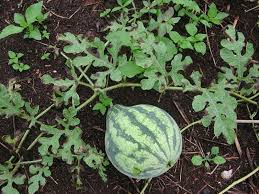
Once a crop has become deeply infected, it's very important to remove all crops and debris from the garden to prevent further damaged. Garden tools should also be sanitized. This is to prevent further damage to the rest of your crops.
New soil should be worked in, and watermelon crops should be rotated. Be sure to amend the soil with organic matter.
If you only see leaf blight on one or just a few plants, you may apply a fungicide bi-weekly to control the spread and stop it in its tracks. Alternatively, you can also use an insecticidal soap.
Fungicides that contain azoxystrobin, boscalid, chlorothalonil, copper hydroxide or potassium bicarbonate have shown to be very effective in controlling watermelon alternaria leaf spot when used regularly and in combination with proper sanitary practices.
Keep a close eye out on young plants – if they stop growing, your watermelon plant may have been affected by a fungus.
Like this post? Share and Pin 🙂
